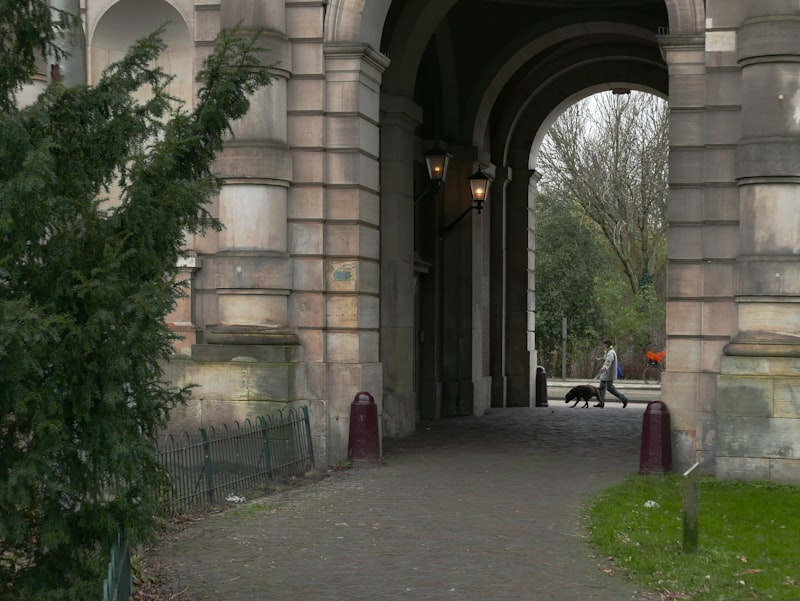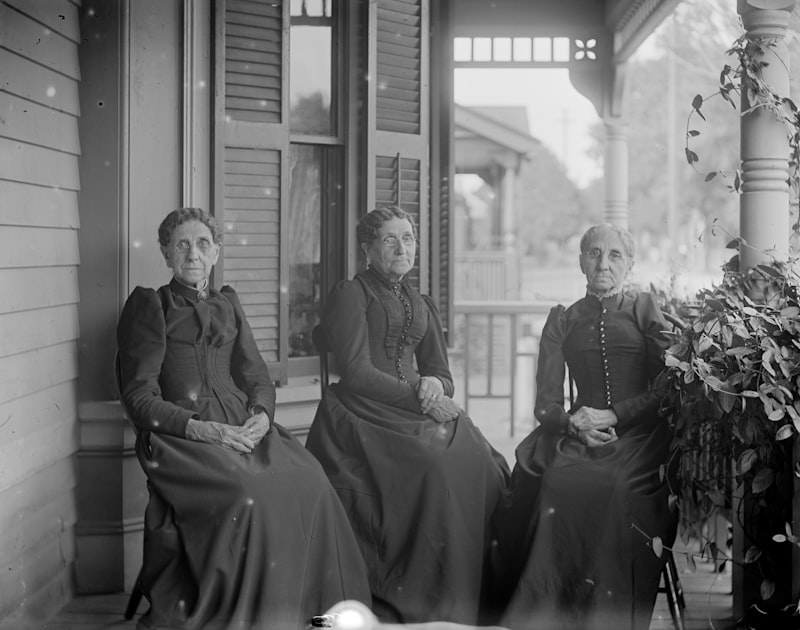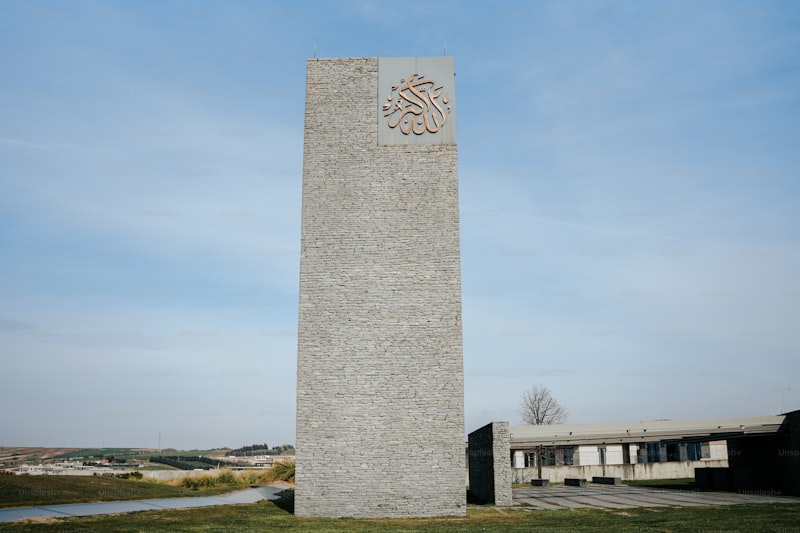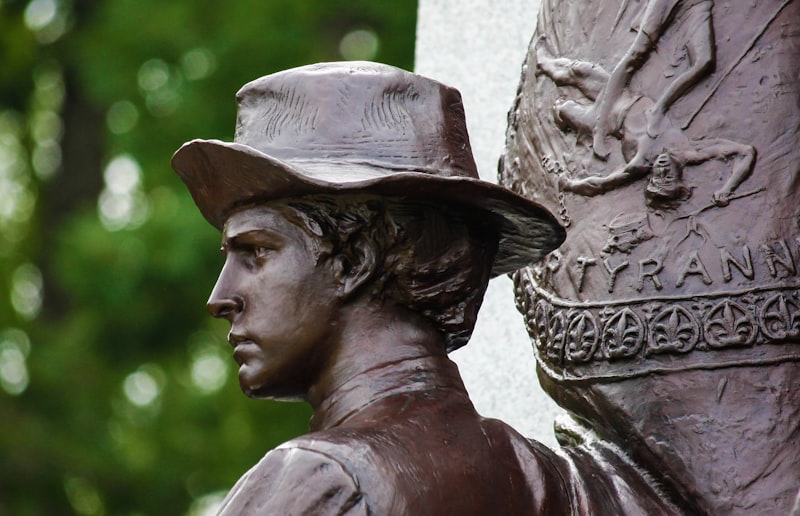Imagine walking through the fields of Gettysburg, where echoes of cannon fire from the Civil War still resonate faintly. Here, the significance of Pickett’s Charge or Little Round Top becomes palpable, stirring reflections on the sacrifices made and the courage displayed.
Similarly, the somber grounds of Normandy’s beaches transport visitors to the turning point of World War II. Standing at Omaha Beach, one can almost feel the weight of history as one gazes upon the rows of white crosses at the American Cemetery, a solemn tribute to those who gave their lives for freedom.
These monuments are more than mere markers; they embody the stories of individuals and nations. The Arc de Triomphe in Paris, for instance, symbolizes triumph and unity, commemorating those who fought and fell during the French Revolution and Napoleonic Wars.
In the heart of Rome, the Colosseum stands as an architectural marvel, a testament to the grandeur and brutality of ancient times. Its imposing structure tells tales of gladiators and emperors, offering a glimpse into the spectacles that defined Roman culture.
Each battlefield and monument invites contemplation and introspection. They prompt us to ponder the complexities of history, the cost of conflict, and the resilience of the human spirit. Visiting these sites is not merely about sightseeing but about connecting with the past in a profound way.
Unveiling the Secrets of Ancient Battlefields: Stories Carved in Stone
Imagine standing amidst the quiet remnants of ancient battlefields, where every stone and artifact holds a tale of valor and conflict. These battlefields, scattered across history’s vast tapestry, whisper stories of courage, strategy, and the ebb and flow of empires. Each stone, weathered by time, preserves the echoes of soldiers’ footsteps and the clash of weapons that once reverberated across these lands.
The secrets hidden within these battlefields are not merely tales of war but narratives of human resilience and ingenuity. From the plains of Marathon, where Athenian forces defied overwhelming odds, to the haunting silence of Troy, immortalized in Homer’s epic, these sites offer a glimpse into ancient warfare’s dynamics. The scars of battle etched into the landscape tell of sacrifices made and destinies shaped on these hallowed grounds.
Walking through these ancient battlegrounds, one can almost feel the weight of history. It’s as if the stones themselves yearn to recount their stories to those willing to listen. Each artifact unearthed by archaeologists becomes a piece of a puzzle, revealing more about the strategies employed, the lives lost, and the civilizations forever altered by the outcomes of these conflicts.
Moreover, these battlefields serve as reminders of the ever-changing nature of warfare and the enduring human quest for power and dominance. They challenge us to reflect on the lessons of the past and contemplate their relevance in the present day. What can we learn from the triumphs and tragedies of those who walked these fields centuries ago? How can their experiences guide our understanding of conflict resolution and diplomacy in today’s world?
From Conflict to Commemoration: Discovering World War Memorials
Visiting these memorials is like stepping into a time capsule, where every plaque and statue whispers tales of valor and tragedy. Take, for instance, the Vietnam Veterans Memorial in Washington, D.C. Its black granite walls, inscribed with over 58,000 names, evoke a solemn silence that speaks volumes about the toll of war. It’s not just a wall; it’s a reflection of a nation’s healing process, eternally remembering those who served.
Similarly, the Normandy American Cemetery in France transports visitors to the D-Day landings of World War II. Rows upon rows of white crosses and Stars of David overlook Omaha Beach, a serene yet somber reminder of the ultimate price paid for freedom. Here, the enormity of sacrifice resonates in the vast expanse of perfectly aligned grave markers, each representing a life cut short in the pursuit of peace.
What makes these memorials so impactful is their ability to bridge the gap between past and present. They compel us to reflect on the horrors of war while honoring the bravery of those who fought. The Australian War Memorial in Canberra, for instance, not only commemorates the nation’s military history but also serves as a center for reflection and education, ensuring that future generations understand the cost of conflict.
Moreover, these memorials are not just static structures; they are living tributes that evolve with time. The Hiroshima Peace Memorial in Japan stands as a symbol of hope and reconciliation, reminding us of the devastating consequences of nuclear warfare while advocating for global peace.
Sacred Grounds: Exploring the History Behind Famous Battlefields

Imagine standing on hallowed ground where history pivoted and destinies were decided. Battlefields hold a unique power, echoing with the whispers of valor and sacrifice from centuries past. These sacred grounds are not mere fields but living testaments to human courage and the clash of nations.
One such legendary site is the Battle of Gettysburg, etched into American lore as a turning point in the Civil War. Here, amidst Pennsylvania’s rolling hills, brave soldiers fought fiercely for their beliefs. The echoes of Lincoln’s Gettysburg Address still resonate, honoring those who gave their last full measure of devotion.
Venture to Europe, and the haunting fields of Verdun await. The Battle of Verdun, in World War I, stands as a grim symbol of the human cost of conflict. Millions perished in its trenches, and today, the Ossuary of Douaumont stands sentinel, preserving the memory of those lost.
Across the globe, Gallipoli in Turkey remains a poignant reminder of World War I’s impact. Here, Allied and Ottoman forces clashed in a grueling campaign that left an indelible mark on both nations. The Gallipoli Peninsula holds memorials that draw visitors seeking to pay homage to the fallen.
Moving eastward, the fields of Waterloo in Belgium bear witness to Napoleon’s ultimate defeat. The Battle of Waterloo marked the end of an era, shaping Europe’s future for decades to come. Today, tourists can walk the fields where Wellington and Napoleon once stood, pondering the reverberations of their fateful encounter.
Battlefields are not just places of conflict; they are poignant landscapes where history’s lessons are etched into the soil. Each battlefield tells a story of courage, tragedy, and the enduring spirit of humanity. Standing on these sacred grounds, one cannot help but feel the weight of history and the profound impact of decisions made in moments of strife.
As you explore these hallowed places, reflect on the sacrifices made and the lessons learned. The legacy of each battlefield transcends time, reminding us of the human cost of war and the resilience of the human spirit. These are not mere fields; they are living monuments to courage, forever etched in the annals of history.
This article aims to capture the essence of each battlefield mentioned, weaving together historical significance with emotional impact, all while maintaining a conversational tone and engaging the reader’s interest.
Honoring Heroes: The Iconic Monuments That Marked Defining Battles
Throughout history, monumental structures have stood as timeless tributes to valor and sacrifice, commemorating pivotal moments in the annals of warfare. These iconic monuments not only symbolize bravery but also serve as poignant reminders of the human spirit’s resilience in the face of adversity.
One such legendary monument is the Arc de Triomphe in Paris, France. Built to honor those who fought and died during the French Revolutionary and Napoleonic Wars, its majestic arch stands as a symbol of national unity and perseverance. Visitors can’t help but feel a sense of awe as they stand beneath its grandeur, imagining the courage of those who defended their ideals on distant battlefields.
Moving across continents, the Vietnam Veterans Memorial Wall in Washington, D.C., offers a solemn tribute to the soldiers who sacrificed their lives during the Vietnam War. Its simple yet powerful design, with the names of over 58,000 fallen soldiers etched into black granite, invites contemplation and reverence. Each name represents a story of bravery and sacrifice, forever etched into the collective memory of a grateful nation.
In London, England, the Cenotaph stands as a poignant symbol of remembrance for the fallen soldiers of both World Wars and subsequent conflicts. Every year, on Remembrance Sunday, ceremonies are held here to honor the courage and sacrifice of those who gave their lives for freedom. It serves as a focal point for national reflection, reminding us of the cost of war and the importance of striving for peace.


Further afield, the Memorial to the Murdered Jews of Europe in Berlin, Germany, stands as a haunting reminder of the Holocaust. Its stark grid of concrete slabs, arranged on undulating ground, creates an eerie atmosphere that encourages visitors to reflect on the horrors of genocide and the importance of combating hatred and intolerance.
Walking Through History: Must-Visit Battlefield Sites Around the Globe
One such site is the Normandy American Cemetery in France, a solemn tribute to the Allied forces who stormed the beaches on D-Day. Here, rows of white crosses overlook the English Channel, honoring those who gave their lives to liberate Europe from Nazi occupation. The emotional impact is palpable, as visitors reflect on the immense courage and determination of those who fought here.
Moving eastward, the Battle of Gettysburg site in Pennsylvania, USA, stands as a testament to the American Civil War’s brutality and significance. Fields once filled with the thunder of cannon fire and the clash of infantry now offer a serene backdrop for contemplation. The Gettysburg Address echoes through time, reminding us of Lincoln’s words on national unity and freedom.
Further south, the Gallipoli Peninsula in Turkey bears witness to the fierce battles of World War I. Anzac Cove, where Australian and New Zealand troops landed in 1915, remains a place of pilgrimage for those honoring the Anzac spirit and remembering the sacrifices made in a distant land.

In Asia, the Hiroshima Peace Memorial Park in Japan marks a different kind of battlefield—one scarred by the devastating impact of nuclear warfare. It serves as a poignant reminder of the horrors of war and the importance of striving for peace and reconciliation.
Preserving the Past: How Nations Protect Their Historic Battlefields
Historic battlefields stand as poignant reminders of pivotal moments in history, where nations clashed and destinies were decided. These sites, often marked by valor and sacrifice, hold immense cultural and historical significance. Across the globe, countries recognize the importance of preserving these battlegrounds not only to honor the past but also to educate future generations about the realities of war and the enduring human spirit.
Countries employ various strategies to safeguard these historic sites. One common approach is through legislation and official recognition. Governments designate battlefields as national monuments or heritage sites, granting them legal protection against development and destruction. This ensures that the physical remains and landscapes of these sites remain intact for posterity.
In addition to legal protections, many nations invest in archaeological research and conservation efforts at these battlefields. Archaeologists painstakingly excavate artifacts and study the terrain to piece together the events that unfolded there. Through their work, they unearth relics such as weapons, uniforms, and personal items that offer tangible connections to the past.
Furthermore, educational initiatives play a crucial role in preserving historic battlefields. Museums, visitor centers, and interpretive signage are often established near these sites to provide context and historical narratives. These educational resources aim to engage visitors and deepen their understanding of the sacrifices made and the consequences of war.
Moreover, the preservation of historic battlefields isn’t merely about commemorating past conflicts; it’s also about fostering reconciliation and promoting peace. By understanding the causes and outcomes of historical battles, societies can reflect on the lessons learned and strive towards peaceful resolutions of conflicts in the present and future.

Ultimately, the protection of historic battlefields is a testament to humanity’s commitment to remembering and learning from its past. These sites serve as living memorials where the echoes of history resonate, inviting us to contemplate the enduring impact of war and the enduring spirit of those who fought on these hallowed grounds.
Frequently Asked Questions
Why should we learn about historic battlefields and monuments?
Discover the significance of historic battlefields and monuments through learning. Gain insights into pivotal events, cultural heritage, and their lasting impact on societies worldwide.
What are historic battlefields and why are they significant?
Historic battlefields are sites where significant military engagements took place in the past. They hold significance due to their role in shaping history, influencing geopolitical changes, and reflecting human conflict and strategy over time.
What are some famous historic battlefields and monuments around the world?
Explore famous historic battlefields and monuments around the world in this concise FAQ. Discover iconic sites like the Battle of Gettysburg in the USA, the D-Day Landing Beaches in Normandy, France, and the Colosseum in Rome, Italy. Learn about their historical significance and why they attract visitors from across the globe.
How can I visit famous historic battlefields and monuments?
Learn how to plan and visit famous historic battlefields and monuments efficiently with our concise guide. Discover tips on researching destinations, arranging transportation, understanding historical significance, and making the most of your visit.
How are historic battlefields and monuments preserved and maintained?
Learn how historic battlefields and monuments are meticulously preserved and maintained through specialized conservation techniques, ongoing research, and collaborative efforts involving historians, archaeologists, and preservation experts.



